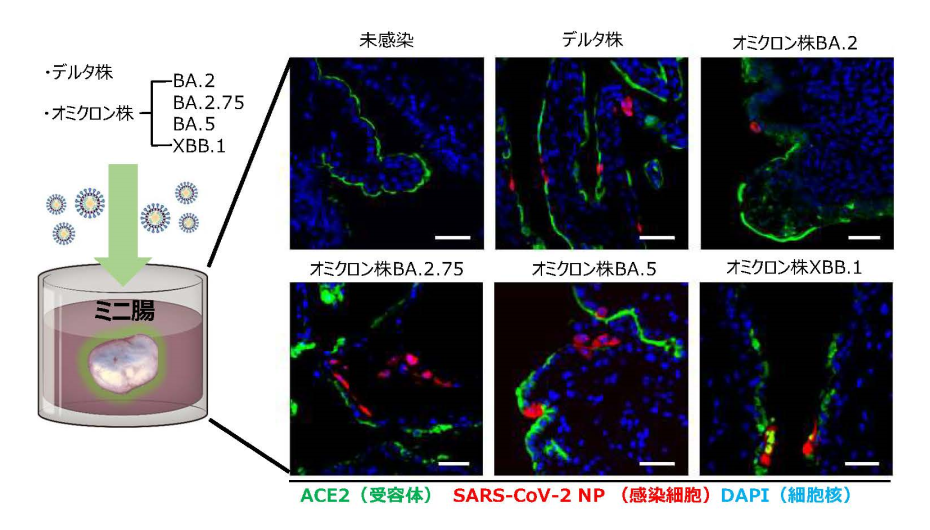2024-03-28 エディンバラ大学
<関連情報>
- https://www.ed.ac.uk/news/2024/tool-detects-early-signs-of-motor-neurone-disease
- https://link.springer.com/article/10.1007/s00401-024-02705-1
RNAアプタマーにより、核内TDP-43病態はSTMN-2クリプトスプライシングと一致し、ALSの臨床症状に先行する初期凝集イベントであることが明らかになった RNA aptamer reveals nuclear TDP-43 pathology is an early aggregation event that coincides with STMN-2 cryptic splicing and precedes clinical manifestation in ALS
Holly Spence,Fergal M. Waldron,Rebecca S. Saleeb,Anna-Leigh Brown,Olivia M. Rifai,Martina Gilodi,Fiona Read,Kristine Roberts,Gillian Milne,Debbie Wilkinson,Judi O’Shaughnessy,Annalisa Pastore,Pietro Fratta,Neil Shneider,Gian Gaetano Tartaglia,Elsa Zacco,Mathew H. Horrocks & Jenna M. Gregory
Acta Neuropathologica Published:05 March 2024
DOI:https://doi.org/10.1007/s00401-024-02705-1

Abstract
TDP-43 is an aggregation-prone protein which accumulates in the hallmark pathological inclusions of amyotrophic lateral sclerosis (ALS). However, the analysis of deeply phenotyped human post-mortem samples has shown that TDP-43 aggregation, revealed by standard antibody methods, correlates poorly with symptom manifestation. Recent identification of cryptic-splicing events, such as the detection of Stathmin-2 (STMN-2) cryptic exons, are providing evidence implicating TDP-43 loss-of-function as a potential driving pathomechanism but the temporal nature of TDP-43 loss and its relation to the disease process and clinical phenotype is not known. To address these outstanding questions, we used a novel RNA aptamer, TDP-43APT, to detect TDP-43 pathology and used single molecule in situ hybridization to sensitively reveal TDP-43 loss-of-function and applied these in a deeply phenotyped human post-mortem tissue cohort. We demonstrate that TDP-43APT identifies pathological TDP-43, detecting aggregation events that cannot be detected by classical antibody stains. We show that nuclear TDP-43 pathology is an early event, occurring prior to cytoplasmic accumulation and is associated with loss-of-function measured by coincident STMN-2 cryptic splicing pathology. Crucially, we show that these pathological features of TDP-43 loss-of-function precede the clinical inflection point and are not required for region specific clinical manifestation. Furthermore, we demonstrate that gain-of-function in the form of extensive cytoplasmic accumulation, but not loss-of-function, is the primary molecular correlate of clinical manifestation. Taken together, our findings demonstrate implications for early diagnostics as the presence of STMN-2 cryptic exons and early TDP-43 aggregation events could be detected prior to symptom onset, holding promise for early intervention in ALS.


